So you’re ready to enjoy a delicious bottle of wine, one that was carefully selected from the store or vineyard, or given to you as a gift.
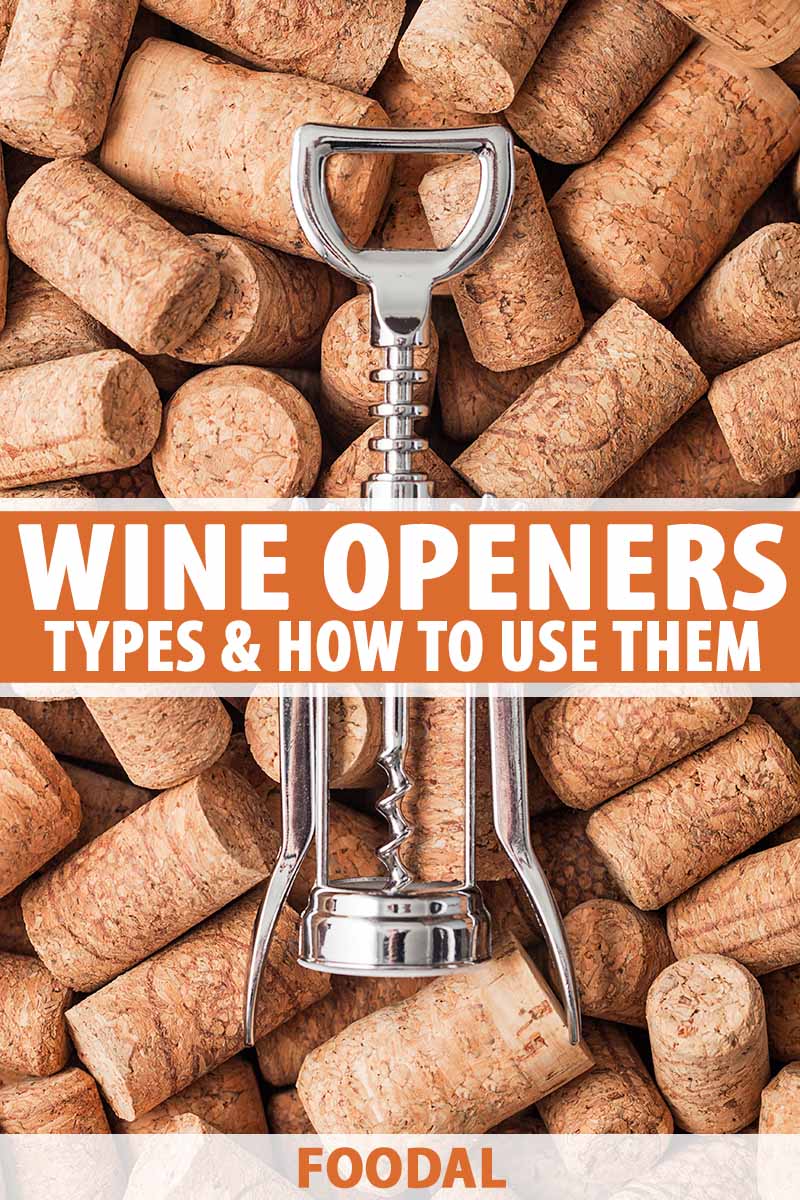
How are you going to open it?
No, we’re not talking about MacGyver-style tips like banging the bottom of the bottle on the trunk of a tree, or how to dig out a broken cork. This guide is dedicated to openers best-suited to the task. And we hope you’ll have one on hand whenever you need it!
For a look at our top picks in this category, take a look at our roundup of the best wine openers.
There are four main types that we’ll cover in this guide, so you’ll know what to expect whether you find a double hinged, twist, lever, or electric corkscrew in the drawer.
And if you need a new one, this guide should also come in handy to help you choose the best style to meet your needs.
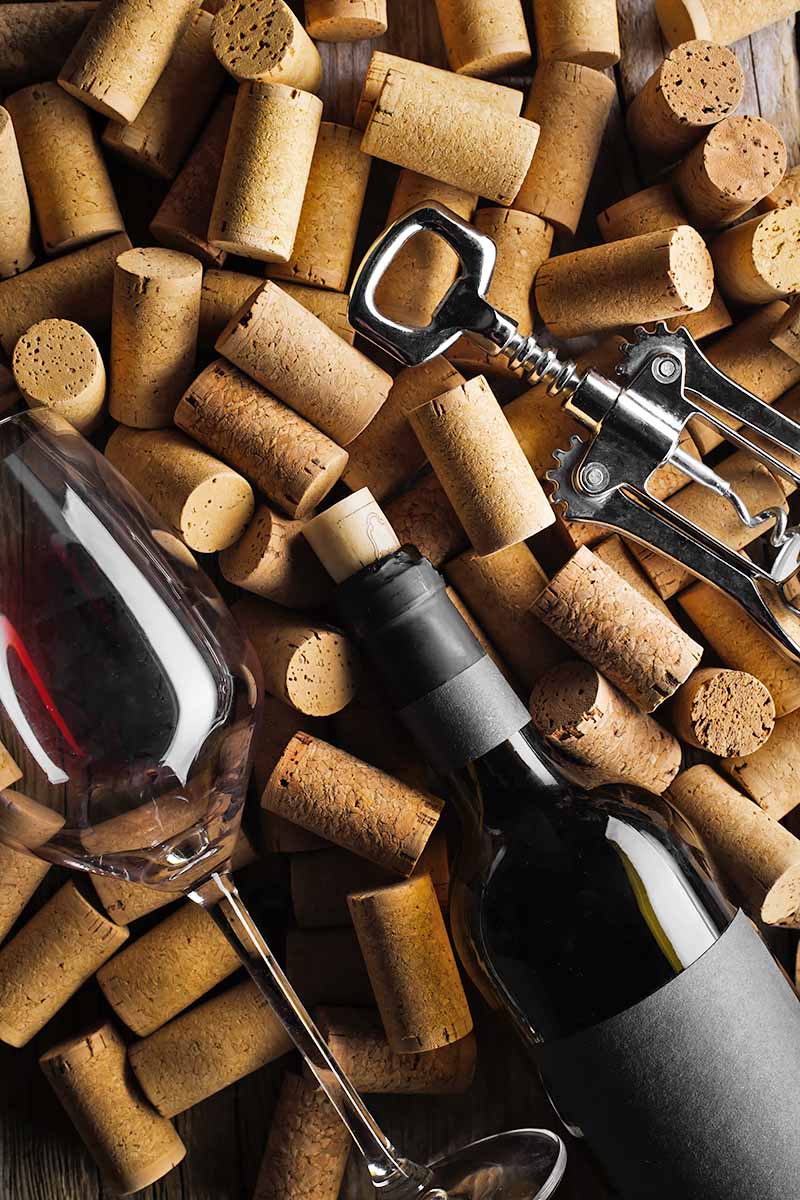
Here’s everything we’ll cover up ahead:
What You’ll Learn
Double Hinged Corkscrews
This is probably the type your waiter pulls out of their back pocket at your favorite restaurant. That’s why these are often referred to as “waiter’s corkscrews,” “waiter’s friend,” or simply as a “wine key.”

These have a double-hinged design, folded around a corkscrew – also known as a “worm” or “coil” – with two fulcrums for leverage. They also often include a small foil cutter tucked into the handle.
Start by removing the foil with the foil cutter, then unfold the arm or fulcrum from the handle. The fulcrum arm is attached to the handle with a hinge, and the coil is on its own hinge.
Unfold that as well, screw the corkscrew into your cork going straight up and down and twisting to drill a hole into the center, and press that notched and hinged metal arm firmly against the lip of the bottle with the thumb of your other hand.
The hinged arm, which acts as a fulcrum, is used to gently pull the cork out in two stages. Pulling up on the handle creates force pushing down on the arm, uncorking your bottle in the process.
Trust me, if you haven’t tried this before, it’s faster and simpler than it sounds.
Most experts – both testers and connoisseurs – recommend this type for just about anyone, whether you only open a couple of bottles a year, or are a serious collector.
That’s because they provide a lot of value for the price – they tend to be very inexpensive, and very durable.
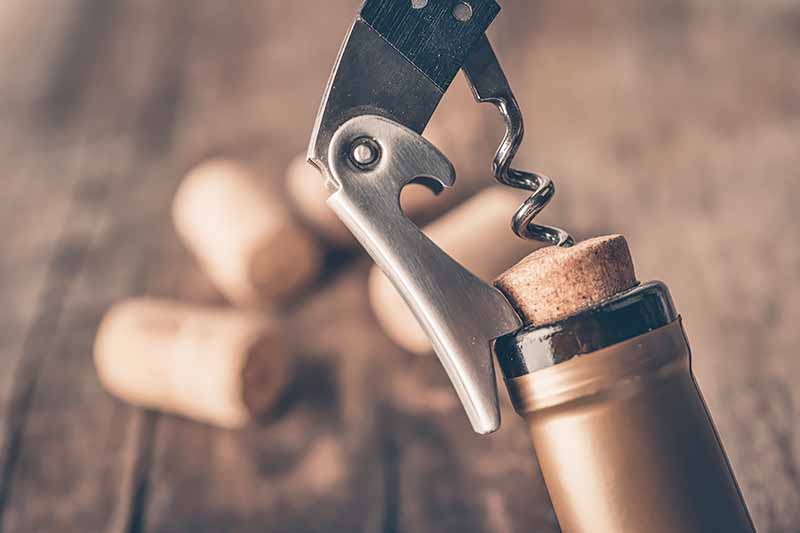
Because you regulate the pressure, there’s a high level of control available, so you can adjust your pull accordingly to prevent any breakage. And they can be used by left-handed or right-handed people, though some lefties prefer to choose a key with a counter-clockwise coil for easier insertion and removal.
They’re also very small and light. That makes them ideal for home or restaurant use because they store unobtrusively in a pocket, and don’t take up much space in a drawer. They’re also perfectly portable, excellent for bringing with you on picnics and other excursions.
Although there’s a bit of a learning curve at first to figure out the proper angle to insert the worm – which should be straight downwards, from the center – in general, they’re simple to use. Having said that, many wine drinkers do prefer other options, so it’s really up to personal preference.
Most people with hand strength issues can use these successfully too, though if yours are more serious, you might want to try a twist corkscrew or an electric model instead.
Twist Corkscrews
This type of corkscrew works on the same basic principle as a double hinged option in that the worm is inserted into the cork, and then leverage is used to remove it.
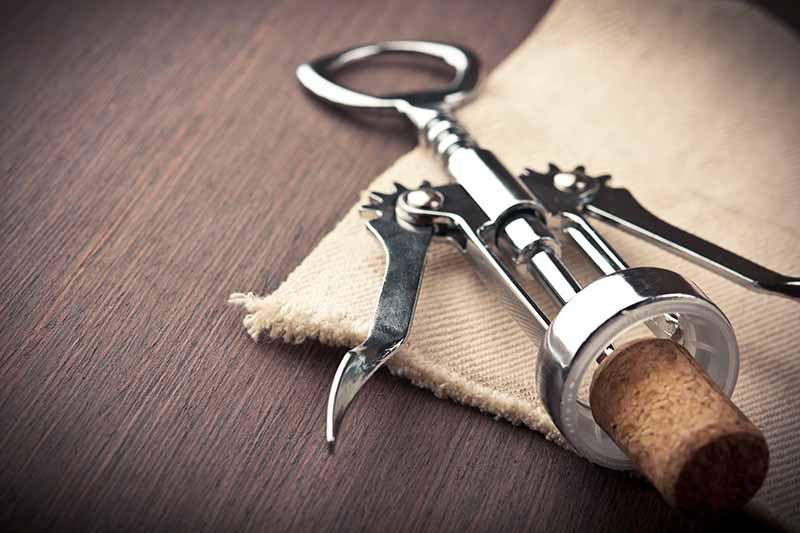
However, in this case, the leverage is supplied not by a hinged fulcrum attached to the handle, but by pressure applied by the user with the other hand. Some fancier models of this style that are easier to operate include a base that fits over the neck of the bottle as well, which helps to center the worm and uncork the bottle.
Once the base is in place, you either twist a handle on the top of the corkscrew to insert the worm in the cork and then pull it out, or you pull down on handles on either side to lever out the cork. This latter type is often also referred to as a “winged” corkscrew, and the handles on either side rise up as the coil is twisted in.

Twist openers with a base are easier to use than double-hinged options because the base centers the worm for you and provides some support, taking some of the guesswork out of how and where to insert the worm. Their basic design is also simpler, in that there is no learning curve for determining how to lever the cork out, particularly with winged versions.
On the downside, these are larger than waiter’s corkscrews, and they won’t typically fit in a pocket. But they’re still relatively compact, depending upon which one you choose.
Lever Wine Bottle Openers
There’s a bit of an overlap between this type of corkscrew and the twist variety. These also have a base that fits over the bottle opening. But instead of handles and levers on the top or sides, these have two vertical levers.

That vertical profile is what gives this type the nickname of “bunny” or “rabbit” ear corkscrews.
You don’t have to twist to operate this opener. You just place the body over the cork, hold it tight with one hand, lift, and then lower the levers to pull the cork out.
That might make this style a good choice for those with carpal tunnel syndrome and others who have trouble twisting a handle.
Although they’re not really difficult to use, they tend to have a steeper learning curve than twisters or double-hinged options, and they can require more hand strength to operate the lever.
While experts who test these give them good reviews, they also generally agree that, for the extra cost – generally three to five times that of a simpler model – they’re not really any better overall.
However, many people like them. And they’re a very popular gift item.
Electric Wine Bottle Openers
Electric models are by far the best choice if you have hand strength or mobility issues, but they’re also just very easy to use for anyone who likes a kitchen tool that’s easy to operate, and a no-brainer to learn how to use.
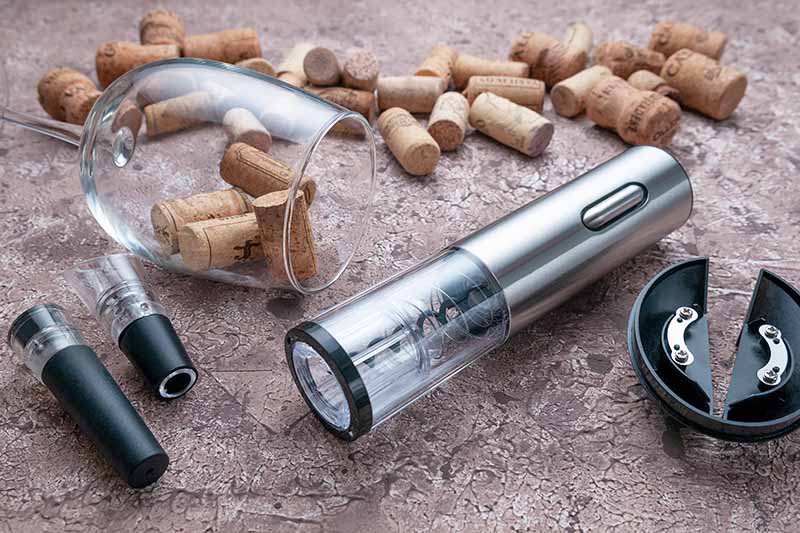
And if you need to open a lot of bottles, like if you routinely host wine parties, this will make that process quick and painless. Many boast being able to open 20 to 50 bottles at a go without needing to recharge.
All you do is remove the cylindrical opener from the charging base, place it over the mouth of the bottle after removing the foil, and press down gently – for some, this is all you need to do for it to kick into gear. With others, you then push a button at the top or on the side, and it will insert the worm into the bottle and pull it out.
You’ll feel it loosen or “pop” when the cork’s completely removed. Then it either automatically ejects the cork, or you push a button to reverse the process and eject it.
A lot of experts dis electric options for a few reasons:
They take up more space in storage because they’re larger than other types. They also have to stay on a plugged in charging base, or you’ll need to remember to plug them in before use and keep them charged (or change the batteries, in some cases).
They also don’t offer the level of control that a manual opener does, particularly because the opening mechanism is usually concealed by these models as it’s going into the cork. User error is possible with the angle of insertion on some of these.
But it’s not like the majority of us are opening $100 vintage bottles on the regular – we buy what we like, and we drink it. As long as you remember to charge it as needed and the cork comes out, you’re good to go.
Time to Crack Open a Bottle!
Whether winged or more simple coiled, hinged or double-levered, or electric with an LED display, there are many options when it comes to choosing the best gadget to use to open that bottle of vino.

Surprisingly, a more delicate and precise procedure may dictate use of the simplest manual models, which also allow for the most control. But many swear by electric options as a foolproof option that’s quick and easy.
What kind of openers do you already have in the drawer, and which will you choose to add to your collection? Share with us in the comments below!
And for more guides to improve your enjoyment of your favorite types of wine, read these guides next:
- Find the Best Rack for Properly Storing Your Wine
- Enhance Your Favorite Wine with the Right Glassware
- Top Wine Coolers for Your Home
© Ask the Experts, LLC. ALL RIGHTS RESERVED. See our TOS for more details. Uncredited photos: Shutterstock. With additional writing and editing by Allison Sidhu.
About Kelly Burgess
Kelly Burgess is a product review specialist who loves food, kitchen gadgets, gardening, and writing. She was born and raised in Southern California, raised her kids in Pittsburgh, Pennsylvania, and now lives in Spokane, Washington with her husband and three cats. When she’s not cooking, eating or writing, Kelly likes to read, hang out with friends, hike, and explore the great Northwest.




